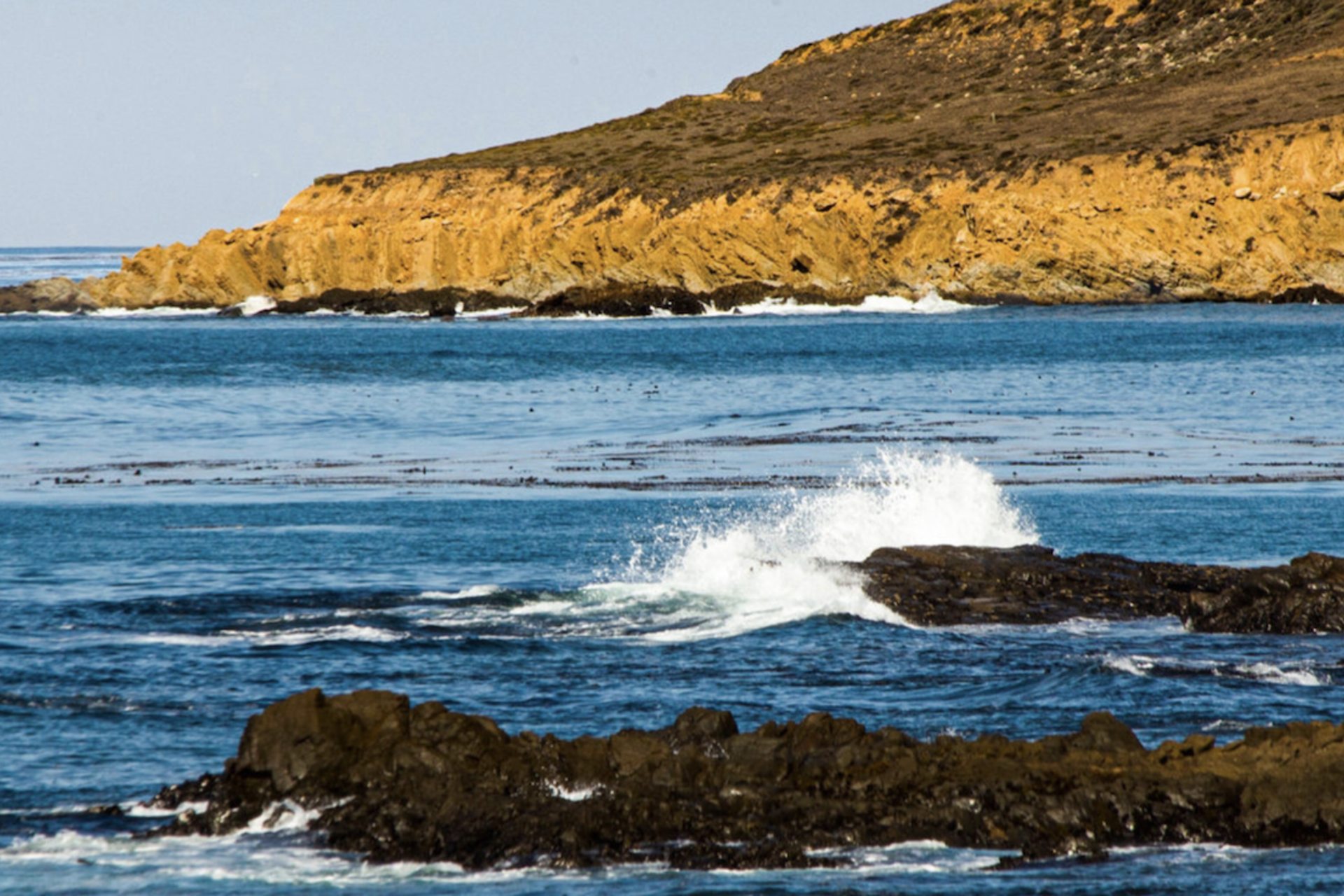Stanford researchers uncover startling insights into how human-generated carbon dioxide could reshape oceans

Something peculiar is happening in the azure waters off the rocky cliffs of Ischia, Italy. There, streams of gas-filled volcanic bubbles rising up to the surface are radically changing life around them by making seawater acidic. Stanford researchers studying species living near these gassy vents have learned what it takes to survive in acidic waters, providing a glimpse of what future oceans might look like as they grow more acidic.
Their findings, published December 11 in Nature Communications, suggest that ocean acidification driven by human-caused carbon dioxide emissions could have a larger impact than previously thought.
Explore More
-
The inaugural awards will enable research teams to pursue interdisciplinary ocean and coastal projects that address impacts of environmental change in the Bay Area and beyond.
-
A new research partnership will combine Indigenous and scientific knowledge to monitor marine life in a sacred tribal region that may be a bellwether of how native species will fare in the face of climate change.



